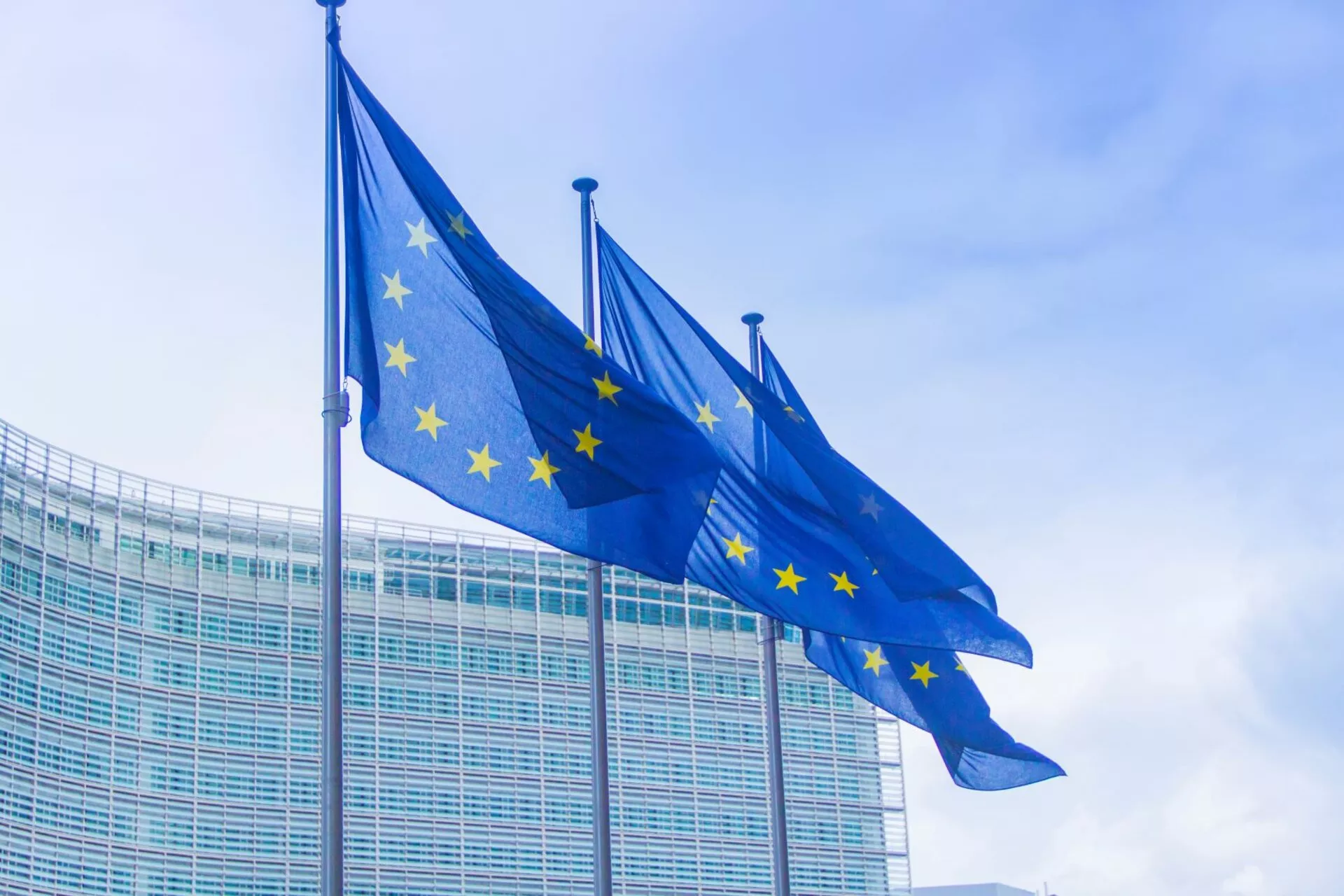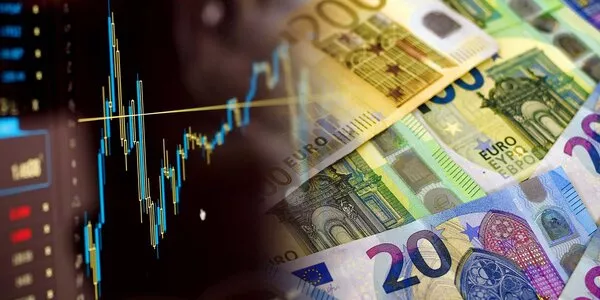
Weekly Update - The European Central Bank in a waiting position
The European Central Bank (ECB) has just announced that it will keep its interest rates unchanged, after seven consecutive cuts at previous committees. During the press conference, Christine Lagarde confirmed that the current monetary policy stance remains consistent with the objective of keeping inflation around 2% over the medium term. However, this status quo could prove difficult to maintain in the coming months, in a still moderate economic context and when inflation could fall further in the short term, notably due to the appreciation of the euro and the fall in oil prices.
A status quo that may not last.The ECB is thus pausing its cycle of cutting very short-term key rates. The deposit rate has fallen from 4% to 2% in just over a year, reflecting the normalisation of monetary policy after the 2022-2023 inflationary shock. Today, the ECB believes that the current level of its rates is appropriate to achieve its medium-term inflation target. Christine Lagarde nevertheless adopted a pragmatic communication, stressing that future decisions will be taken at each committee, depending on the available economic data. However, several factors could prompt the ECB to resume its rate cuts by the end of the year.
Factor #1: a still moderate economic context. The first element likely to change the ECB's assessment is the persistent uncertainty about the economy, which can be seen in the economic indicators. While growth in the euro area was robust in the first quarter, this is mainly due to expectations of higher US tariffs, an effect that should dissipate thereafter. In addition, an agreement on the level of customs tariffs with the United States is reportedly being negotiated, with a rate envisaged at 15% – excluding sectoral exceptions – and without retaliatory measures from Europe. While the confirmation of such an agreement would reduce uncertainty, it would nevertheless weigh on the prospects for exports to the United States. Finally, although the stimulus packages in defence and infrastructure, particularly in Germany, should support growth in the euro area, their effects will only be felt from 2026 onwards.
Factor #2: Inflation likely to fall below the target in the near term. Inflation stood at 2% in June, fully in line with the ECB's target. However, inflation could fall sharply in the coming months. On the services side, normalization is expected to continue, driven by a gradual easing of wages. At the same time, the appreciation of the euro and the fall in oil prices would increase the downward pressure on the prices of imported goods and energy
Factor #3: Incomplete transmission of the rate cut to bank credit. Bank credit remains one of the main channels for transmitting monetary policy in the euro area. However, while credit activity has recovered since the beginning of the year, it remains well below its pre-health crisis level. Indeed, despite the ECB's sharp cut in short-term rates, longer-term lending rates remain high, limiting the transmission of monetary stimulus to the real economy
Towards a resumption of rate cuts by the end of the year? While Christine Lagarde has taken a firm stance on the adequacy of current monetary policy, the factors mentioned – cyclical fragility, a possible decline in inflation and the partial transmission of the rate cut – could lead the ECB to resume its rate cuts by the end of the year. We therefore continue to expect a resumption of declines by the end of the year.
Other highlights of the week
In the highlights of the week, we chose to talk about the tariff agreement between the United States and Japan, the PMI figures in the USA and the euro area and the upcoming monetary policy decision by the FED.
United States – Japan: A 15% tariff compromise.
President Donald Trump has announced a trade deal with Japan. It provides that customs duties on most Japanese goods imported into the United States will be 15%, while a tax of 25% was envisaged. Japanese cars will also benefit from this reduced rate, a reason for satisfaction for Tokyo, which exported $40 billion worth of cars to the United States in 2024. As a reminder, since April 3, vehicles imported from all over the world are subject to a 25% surcharge on entry to the American market (with exceptions for Mexico and Canada). On the other hand, the 50% tax on steel and aluminium is maintained. The surcharges decided by the Trump administration have increased the average effective rate of customs duty levied on Japanese goods imported into the United States from 1.56% in December 2024 to 14% in May 2025.
Flash PMIs expanding in the United States and the Euro area.
S&P Global's U.S. composite PMI rose sharply from 52.9 in June to 54.6 in July, according to the flash reading (based on about 85% of the usual responses). In the Eurozone, the flash composite PMI for HCOB stands at 51, i.e. also in the expansion zone, set at 50. In detail, the services PMI for both zones is expanding with 55.2 in the United States and 51 in the Eurozone, while the manufacturing PMI is in contraction territory at 49.5 in the United States and 49.8 in the Eurozone.
FED : Pause maintained with gradual declines in autumn.
Markets are anticipating a hold on current rates at the Fed's next monetary policy meeting on July 30. However, two successive cuts are expected in September and December, each with a 60% probability. This year, the Federal Reserve has kept its key interest rate between 4.25% and 4.5%, while the unemployment rate has remained around 4% since the beginning of the year.





